Journey into Hydroponics: A Backyard Adventure
So, there I was, sipping on my lukewarm coffee at the kitchen counter, staring out into my scraggly backyard. I had this itch—a deep-seated desire to do something "big." You know, the kind of big that makes the neighbors raise their eyebrows and ask if you’ve lost your marbles. I had stumbled into the world of hydroponics, and from what I could gather, people were turning old bathtubs and discarded PVC pipes into bountiful gardens that didn’t rely on soil. My backyard was about to become a little slice of paradise—or so I thought.
A Vision Takes Shape
I started with a pile of leftover materials from a DIY project that had long been abandoned. Between the tangle of twine, bits of lumber that were too short for anything useful, and an aquarium that my kids had decided was “too boring,” I thought I could piece together an aquaponics system. You know, where you grow fish and plants together in a symbiotic relationship. It sounded so eco-friendly, and dare I say, revolutionary.
I had it all planned out in my head: lettuce thriving in floating rafts while happy fish supplied nutrients to the water. I was ready to march into the future of farming. So, I drew up some sketches on a napkin and hit the local hardware store for supplies. A week later, I stood in front of a makeshift system that resembled something between a science experiment gone wrong and a Pinterest project I should have scrolled past.
Building the System
Day one of construction was bright, and there was an air of excitement. I had an old 55-gallon barrel for water, some PVC pipes from the shed, and net pots I snagged on sale. I slapped every piece together like a child with building blocks, convinced that the water would eventually turn into a crystal-clear testament to my ingenuity.
Now, here’s where it got tricky. I picked tilapia as my fish of choice, the guy at the pet store assured me they were hardy (how many times have we all heard that?). I mean, how hard could it be to keep a few fish alive in a glorified kiddie pool? The initial weeks felt like all systems go. I installed a tiny pump that I had salvaged from an old fountain. I almost broke a sweat trying to figure out how to hook it up, but the thrill of it kept me going.
The Smells of Madness
But then came the reality check. Oh lord, the smell! The very first time I peeked into my barrel of fish and water, the fetid aroma wafted up, and I recoiled as if I’d been hit in the face with a fresh bag of garbage. The ammonia levels shot through the roof, and my poor tilapia didn’t stand a chance. One day, I was gushing about how I was going to be the next big thing in backyard agriculture; the next day, I was staring wide-eyed at two very lifeless fish floating—a couple of sad reminders that nature isn’t as forgiving as we like to think.
Moments of Doubt
I nearly threw in the towel. I thought to myself, "What the hell was I doing?!" But a small part of me couldn’t let go. It felt good to get my hands dirty, even if it was largely resulting in a stinking failure. So, I went back to the drawing board, or rather, the YouTube rabbit hole. I watched videos of people troubleshooting fish deaths, algae invasions, and about a hundred other disasters that seemed eerily familiar.
With more trials than triumphs, I learned about the nitrogen cycle, water pH, and how to keep fish alive—stuff I had previously skimmed over in my excitement. It was about adapting and learning from every mistake. Or, more aptly, it was a reminder that whatever you build is going to have its fair share of hiccups, especially when it comes to aquaponics.
The Green Awakening
Then came the breakthrough moment. After countless water changes and a replacement of my tilapia with some super resilient goldfish (who knew the fish department could be so educational?), I finally got the system stable. The algae started to bloom, yes, but in a good way; I was transforming my water source from a stinking cesspool into a legitimate ecosystem.
A month later, what had once been a muddy wallow, reeking of fish and stagnant water evolved into a fascinating little corner of greenery. I had lettuce flourishing, smelling fresh and green. I even ventured to add some herbs. It was beautiful chaos, the sort that brought back the raw nature of what gardening should feel like—imperfect but alive.
The Lessons Learned
Looking back, it’s easy to say I had a wild ride. While I might not have struck gold in the world of aquaponics, I’ve gained an appreciation for the delicate balance of ecosystems. I learned that patience is key and that success isn’t just about results—it’s about the process.
If you’re drawn to hydroponics, think of it not as an endgame but more as a journey.
Give yourself grace as you meander through trial and error. It’s a lot like life—messy, frustrating, but ultimately rewarding. If you’re contemplating taking the plunge, don’t stress over perfection. Just dive in; you’ll figure it out as you go.
And who knows? Maybe you’ll float away with a float of veggies and a few goldfish to boot!
If you’re curious and want to dive deeper, join me for the next session of our current aquaponics adventure. Join the next session!

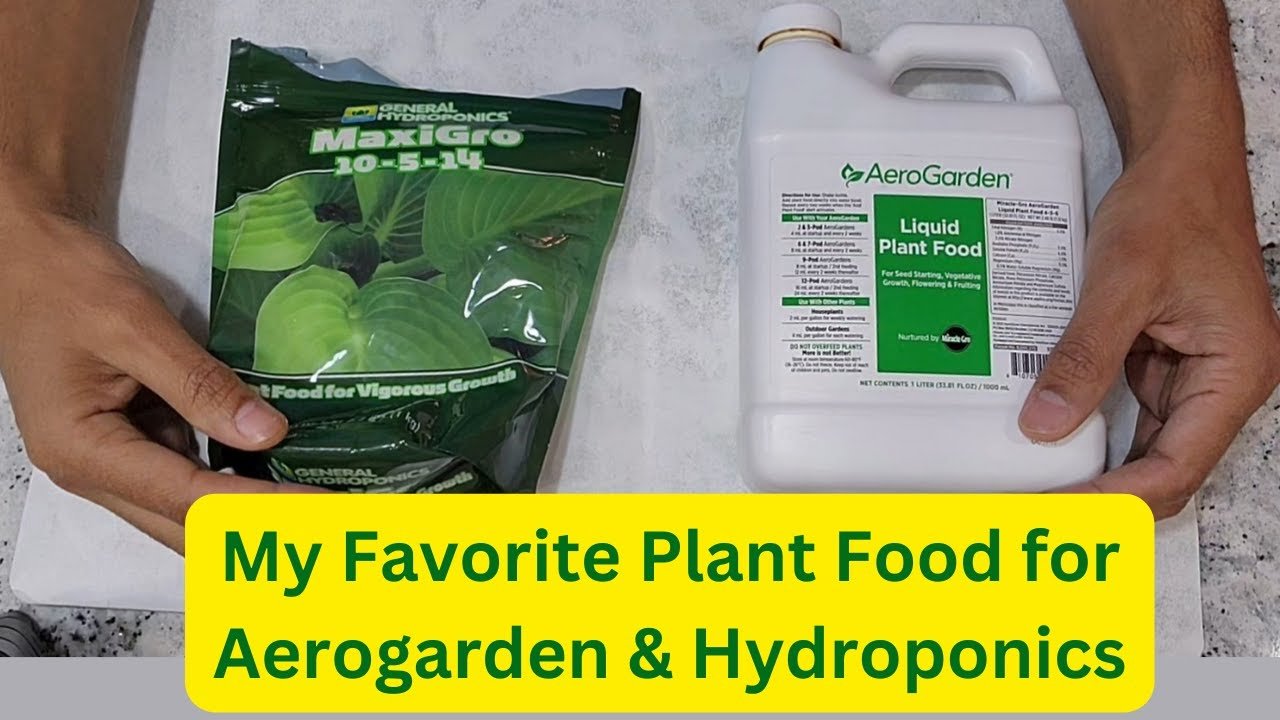
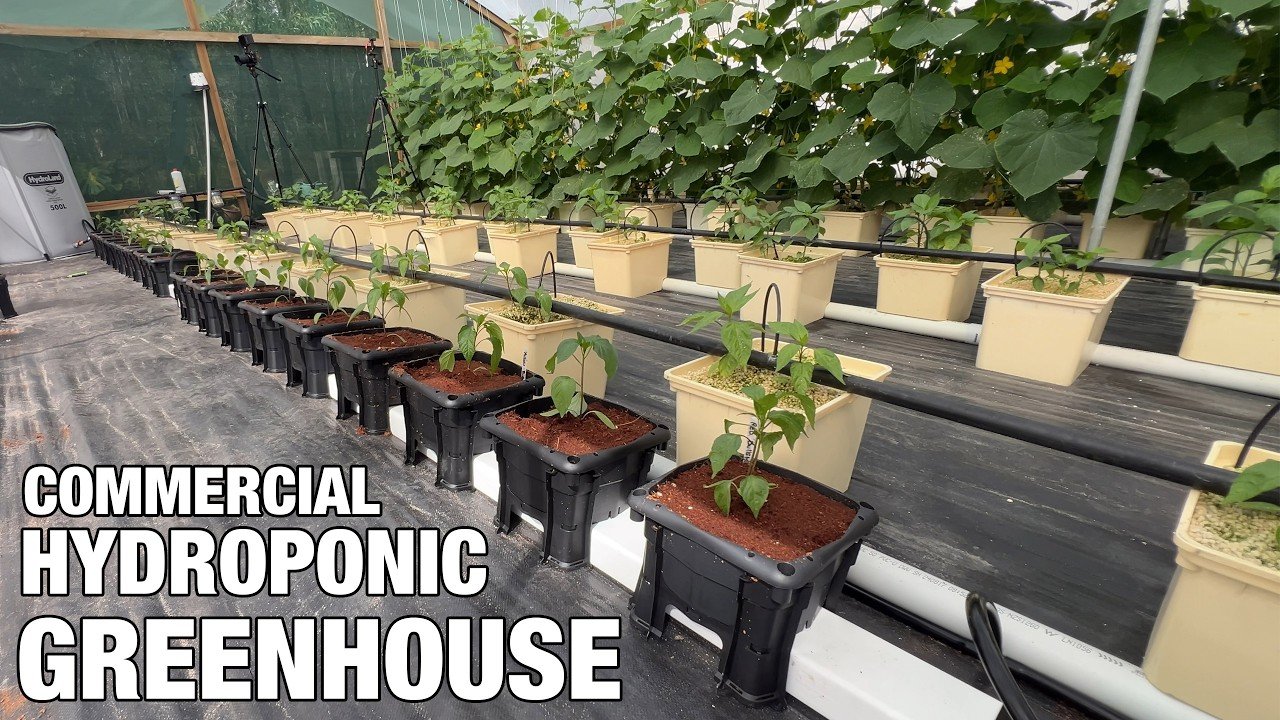

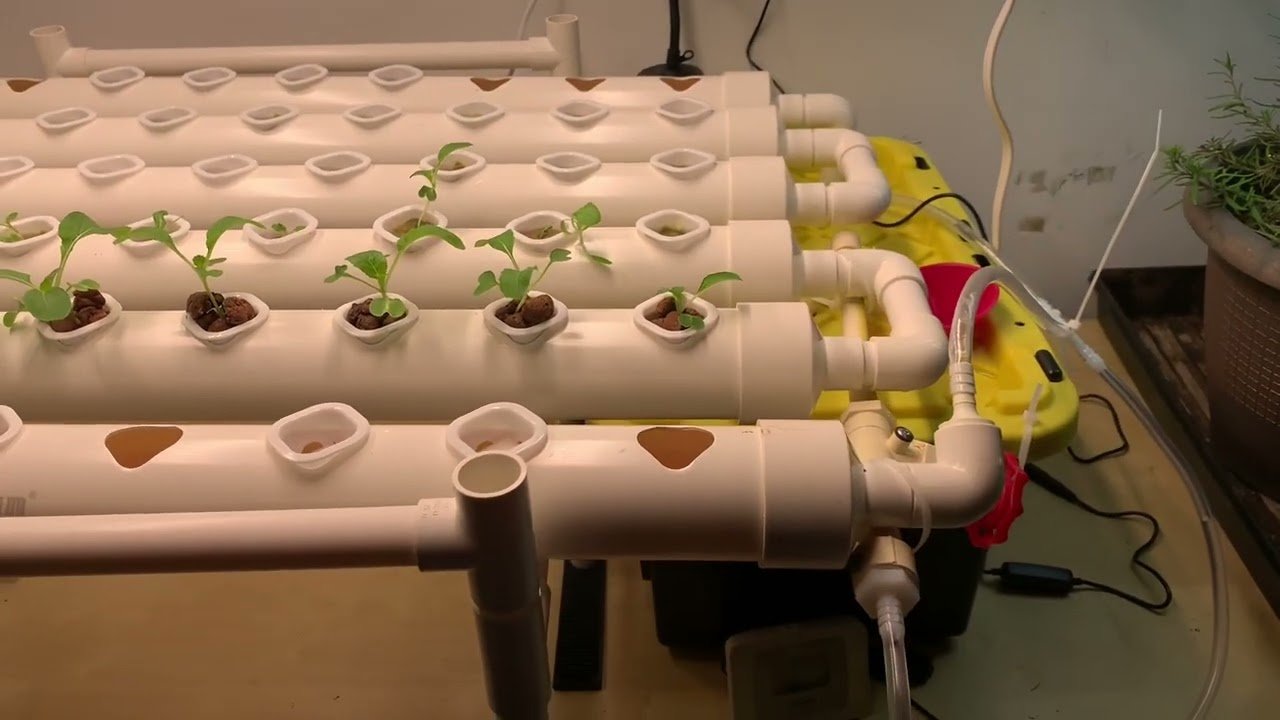
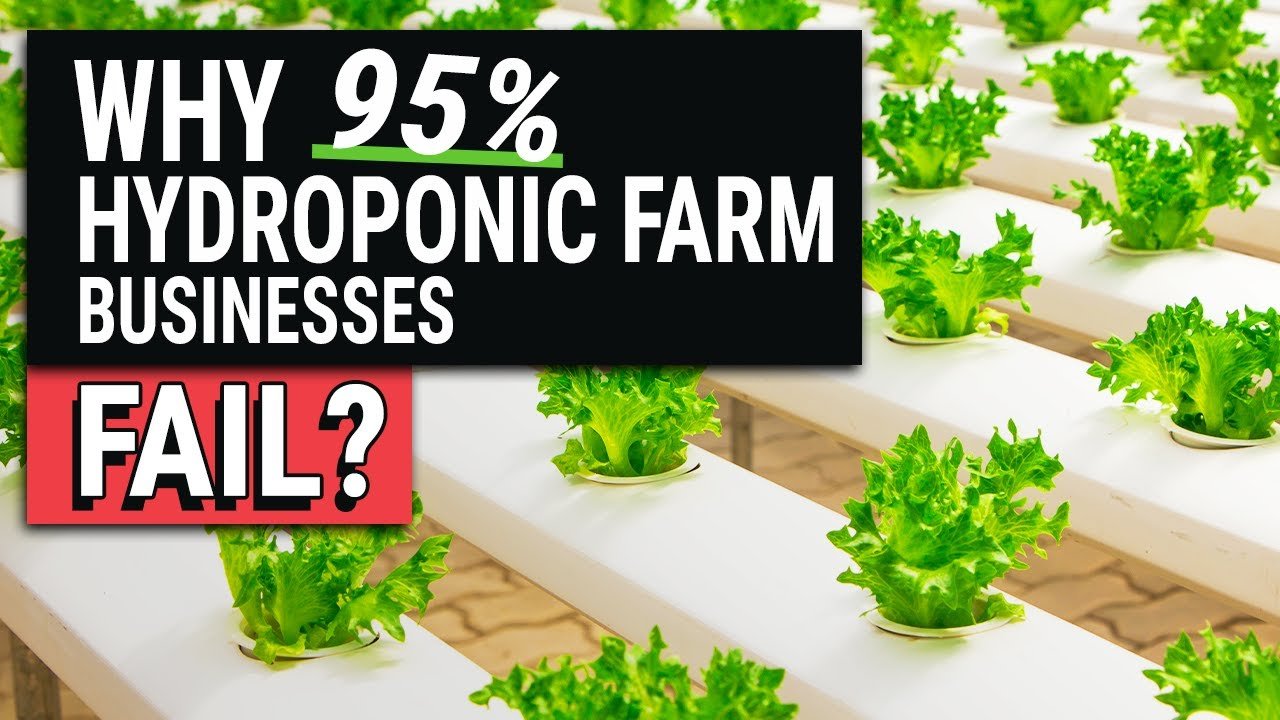
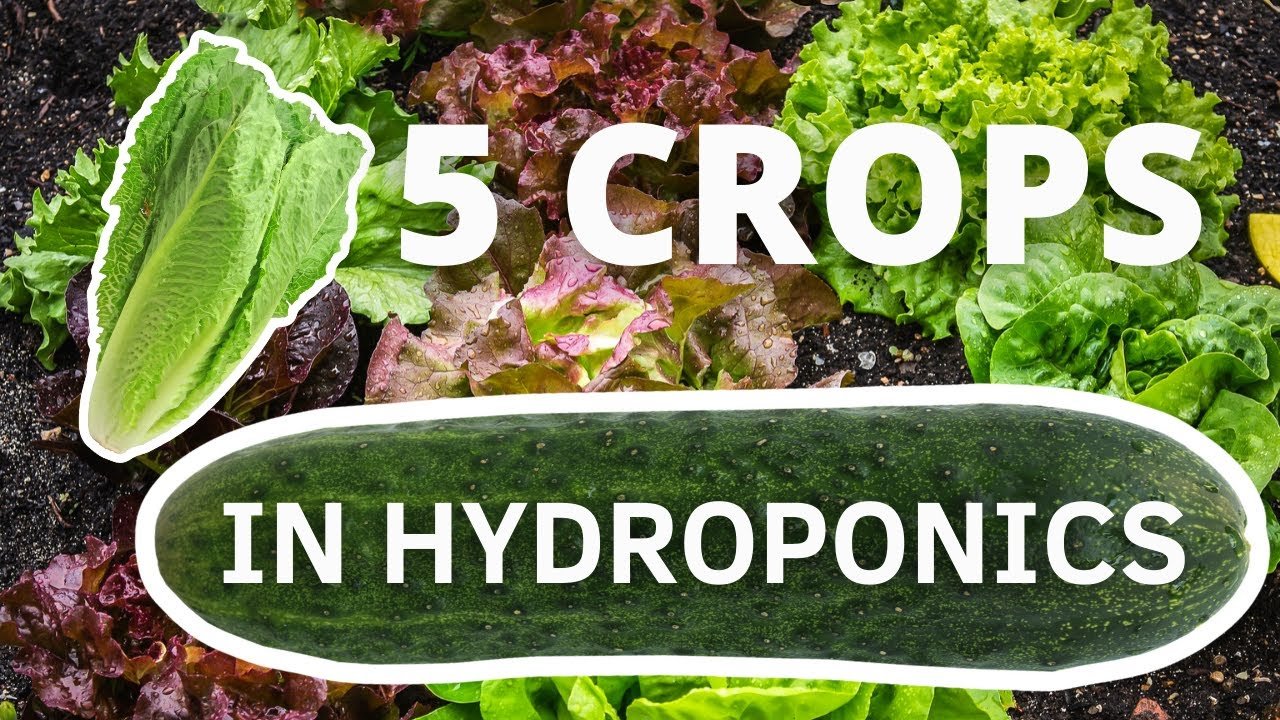
Leave a Reply